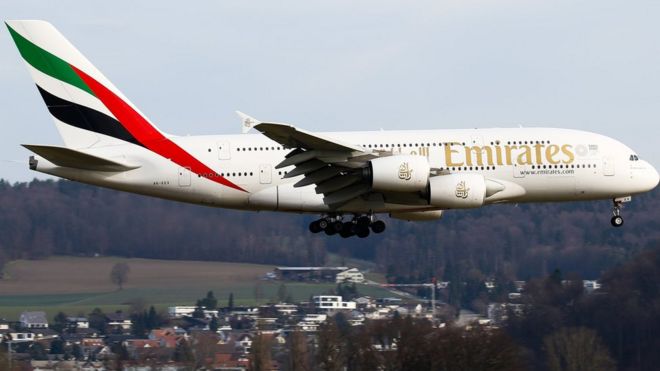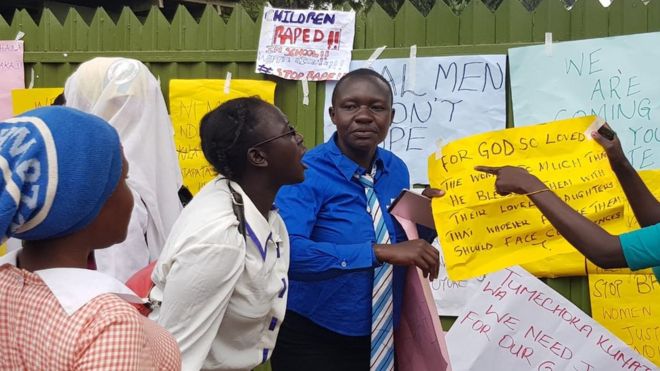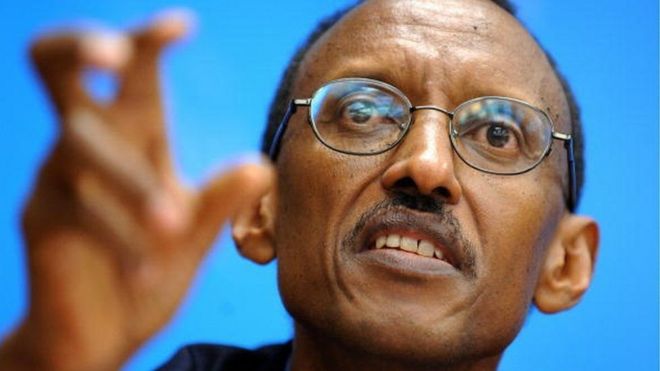But their arrival followed much debate in the UK over whether to accept them.
Amid fractious relations across the continent, British prime minister Stanley Baldwin was keen to avoid involvement in the conflict and, along with his French counterpart Leon Blum, called for European powers to agree to a non-intervention policy, which was signed in September 1936.
However, signatories Germany and Italy "flagrantly flouted" it, says historian Adrian Bell, by sending military support to Nationalist leader General Francisco Franco, while the Soviet Union - also a party to the agreement - aided the Republicans.
"There's no doubt at all that the Germans regarded it as a kind of laboratory [for] testing the effects of bombing as a new way to fight wars," he adds.
"My mother had just had twins... she had them in the house and she used to listen for the planes coming over. She used to say to us: 'Run… quick'.
"We used to hide and the planes [that] were coming over, they couldn't see us."
After they saw their house - where the babies were - catch fire following an air raid, "Mother ran and we all ran with her terrified. She managed to save one of the twins… who is still alive but the other one died in the fire."
Public demonstrations were held in British cities by trade unions and the Labour Party, which condemned Franco as "the assassin of Spanish democracy".
Spanish Civil War
- On 17 July 1936, the Spanish military - supported by right-wing nationalists - stage a coup against the elected Republican government, which was backed by most of the left
- Within a few days, they achieve control in some parts of Spain while Republican forces put down the uprising in other areas
- General Francisco Franco emerges as the main Nationalist leader, while the civil war becomes a proxy war among European powers
- Hundreds of thousands of people die before Franco's Nationalists win the war in spring 1939
- By 1940, about 470 of the refugees who came on the Habana remained in the UK, with some fighting for British forces during World War Two
Calls were also made to accept refugees, which intensified after the infamous Nazi saturation bombing of Guernica in April 1937.
However, the evacuation of women and children from the besieged Basque Country was seen as a possible breach of the non-intervention policy by some in Whitehall.
The government's view was that, if people were removed, "then these are mouths, people, that don't have to be fed - in a way you are helping to prolong the defence of Bilbao against the attack by Franco," Mr Bell adds.
In a letter, Baldwin remarked "the climate here would not suit" evacuees, possibly unaware that the Basque Country, like the UK, has fairly wet and cloudy weather.
Although officially impartial, the Conservative-led government - fearing the spread of Communism - has been criticised for being "more neutral to the Nationalists than it was to the Republicans".
READ MORE CLICK >HERE







Post a Comment
EmoticonClick to see the code!
To insert emoticon you must added at least one space before the code.